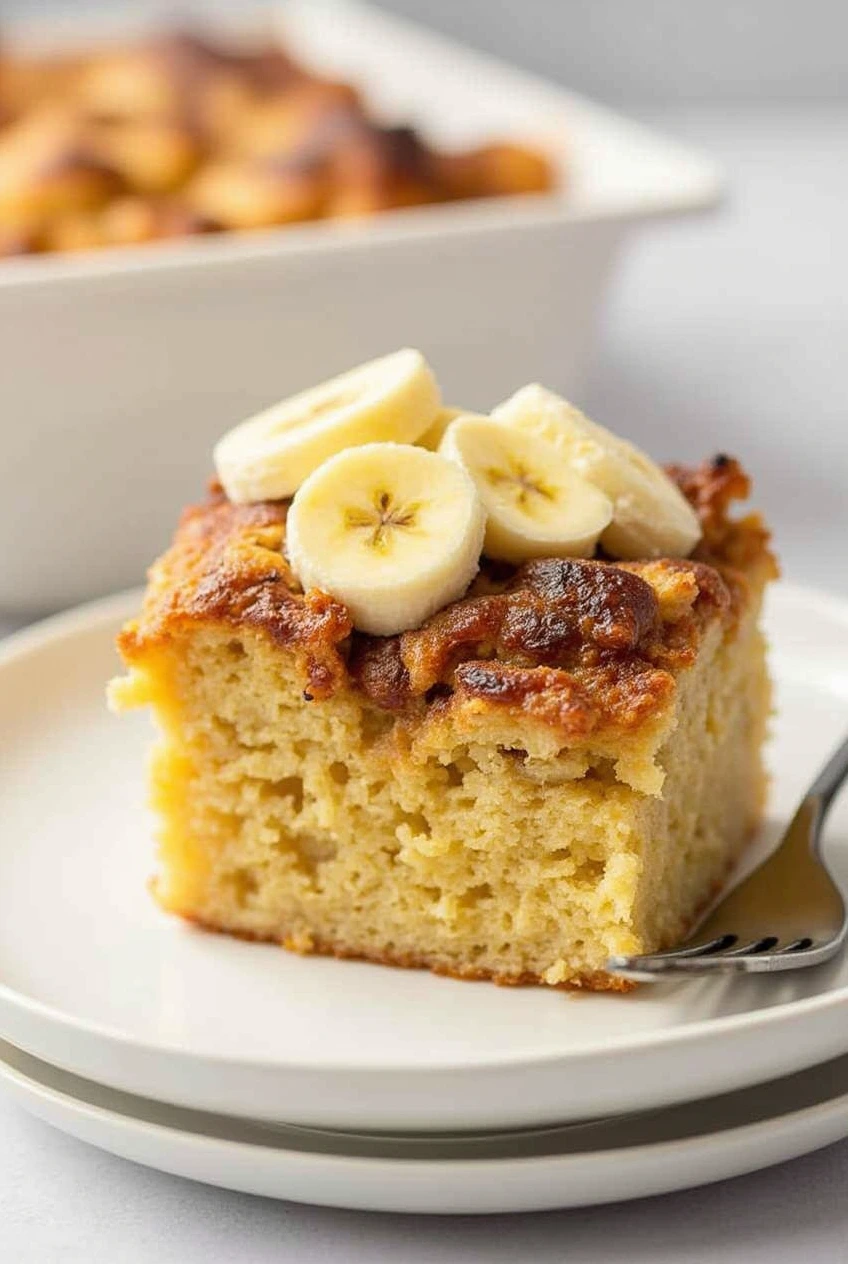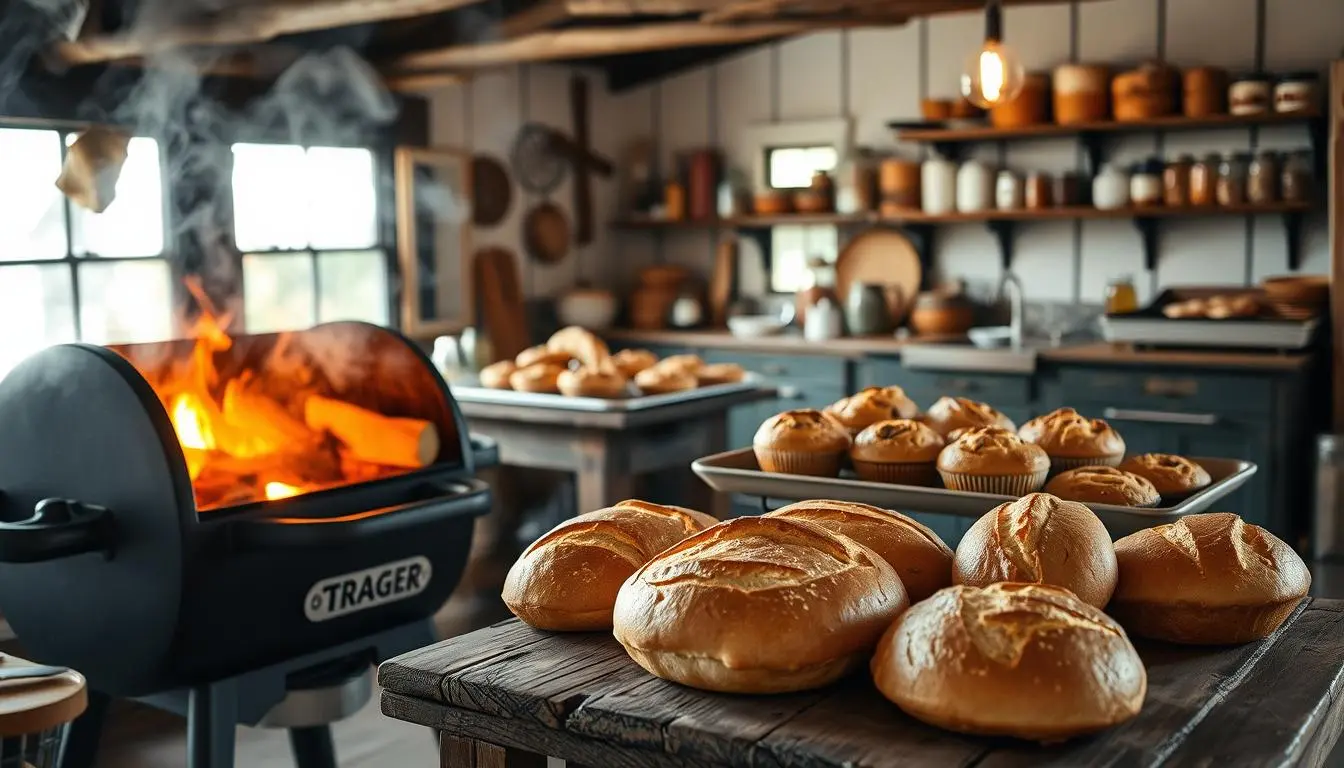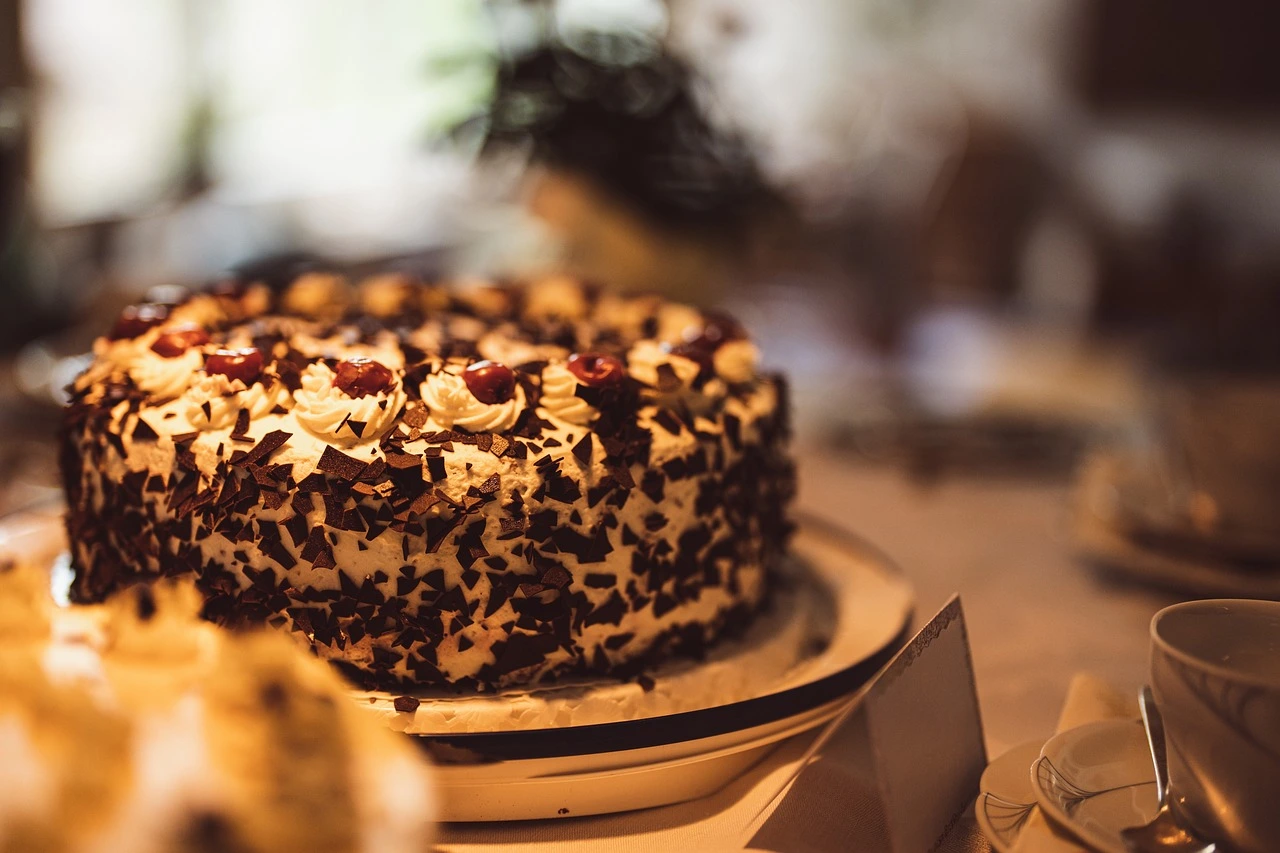Did you know that 1 in 5 Americans actively reduce or eliminate gluten from their diet, yet 78% report that finding truly delicious gluten-free baked goods remains their biggest challenge? Our gluten-free sugar cookie recipe aims to change that statistic. Whether you have celiac disease, gluten sensitivity, or simply prefer a gluten-free lifestyle, you shouldn’t have to compromise on enjoying classic treats. This gluten-free sugar cookie recipe delivers the perfect texture—crisp edges with a soft, chewy center—that rivals traditional wheat-based cookies. Using a special blend of alternative flours and a few key techniques, you’ll create sugar cookies so delicious no one will guess they’re gluten-free.
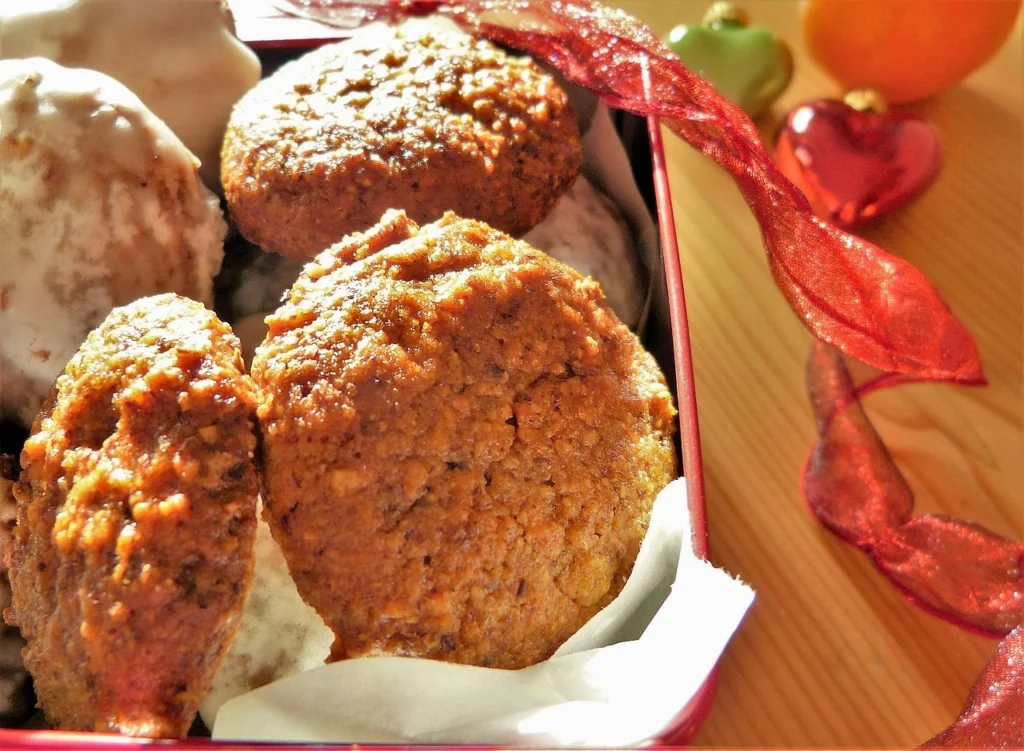
Ingredients List
For the cookies:
- 2 cups high-quality gluten-free flour blend (look for one containing xanthan gum; if yours doesn’t, add ¼ teaspoon)
- ½ teaspoon baking powder (gluten-free certified)
- ¼ teaspoon salt
- ¾ cup unsalted butter, softened to room temperature (can substitute with dairy-free butter for completely dairy-free cookies)
- 1 cup granulated sugar
- 1 large egg, at room temperature
- 1 ½ teaspoons pure vanilla extract
- ¼ teaspoon almond extract (optional, but adds wonderful flavor depth)
For decorating (optional):
- 1 cup powdered sugar (ensure it’s gluten-free certified)
- 1-2 tablespoons milk of choice
- ¼ teaspoon vanilla extract
- Food coloring (as desired)
- Sprinkles (ensure they’re gluten-free certified)
The butter should be soft enough to dent when pressed but not melting or greasy—this creates the perfect cookie texture. For egg allergies, substitute with ¼ cup unsweetened applesauce or a commercial egg replacer.

Timing
- Active preparation: 20 minutes (with an additional 60 minutes for dough chilling)
- Cooking time: 8-10 minutes
- Total time: 90 minutes (which is approximately 15% less time than many traditional sugar cookie recipes)
The chilling time is non-negotiable—it prevents the cookies from spreading too much and helps develop the perfect texture. The actual active time is minimal, making these cookies efficient to prepare even on busy days.
Step-by-Step Instructions
Step 1: Prepare Your Dry Ingredients
In a medium bowl, whisk together the gluten-free flour blend, baking powder, and salt until well combined. This step is crucial for evenly distributing the leavening agents and ensuring no bitter clumps of baking powder remain. If your gluten-free flour doesn’t contain xanthan gum, add it now—it’s essential for binding the cookies properly since gluten-free flours lack the natural binding protein of wheat flour.
Step 2: Cream Butter and Sugar
In a large bowl using an electric mixer, cream together the softened butter and granulated sugar until light and fluffy, about 2-3 minutes. Don’t rush this step—proper creaming incorporates air into the dough, creating lighter cookies. You’ll know it’s ready when the mixture turns noticeably paler in color and increases in volume.
Step 3: Add Wet Ingredients
Beat in the egg, vanilla extract, and almond extract (if using) until completely incorporated. Scrape down the sides of the bowl as needed to ensure everything mixes evenly. The mixture should look smooth and glossy at this point. If it appears curdled, your butter might have been too cold—let it warm slightly before proceeding.
Step 4: Combine Dry and Wet Ingredients
Incorporate the flour mixture into the butter-sugar blend in small batches, mixing gently after each addition. Stop mixing as soon as the ingredients are incorporated to prevent toughening the dough. Gluten-free flours are particularly sensitive to manipulation, so a gentle touch yields the best texture in your finished cookies.
Step 5: Chill the Dough
Divide the dough in half, form each portion into a disc, and wrap tightly in plastic wrap. Refrigerate for at least 1 hour or up to 2 days. This chilling period is essential for gluten-free cookies—it firms up the dough, making it easier to roll and cut, while also allowing the flours to fully hydrate.
Step 6: Roll and Cut Cookies
Heat your oven to 350°F (175°C) before beginning to work with the chilled dough. Prepare your cookie sheets with a layer of parchment paper for easy release. Working with one portion of dough at a time (leaving the other in the refrigerator), roll the dough between two sheets of parchment paper to about ¼-inch thickness. This technique using parchment keeps the dough from adhering to surfaces without requiring additional flour, which would alter the moisture balance of these delicate gluten-free cookies.
Use cookie cutters to cut into desired shapes, and transfer to the prepared baking sheets, spacing cookies about 1.5 inches apart. Gather and re-roll scraps as needed, but know that each re-roll may result in slightly tougher cookies.
Step 7: Bake to Perfection
Bake the cookies for 8-10 minutes, or until the edges are just beginning to turn golden brown. The centers may still look slightly underdone, but they’ll continue cooking on the hot baking sheet. For softer cookies, aim for the shorter baking time; for crispier cookies, bake for the full 10 minutes.
Step 8: Cool and Decorate
Let the freshly baked cookies remain on the hot baking sheet for approximately 5 minutes before carefully moving them to a wire cooling rack. This rest period allows the cookies to set properly, reducing the risk of breakage. Once completely cool, decorate as desired with gluten-free icing, sprinkles, or enjoy them plain.
For a simple glaze, mix powdered sugar with a small amount of milk and vanilla extract until smooth. Add food coloring if desired. Spread or pipe onto cooled cookies and allow the icing to set before storing.
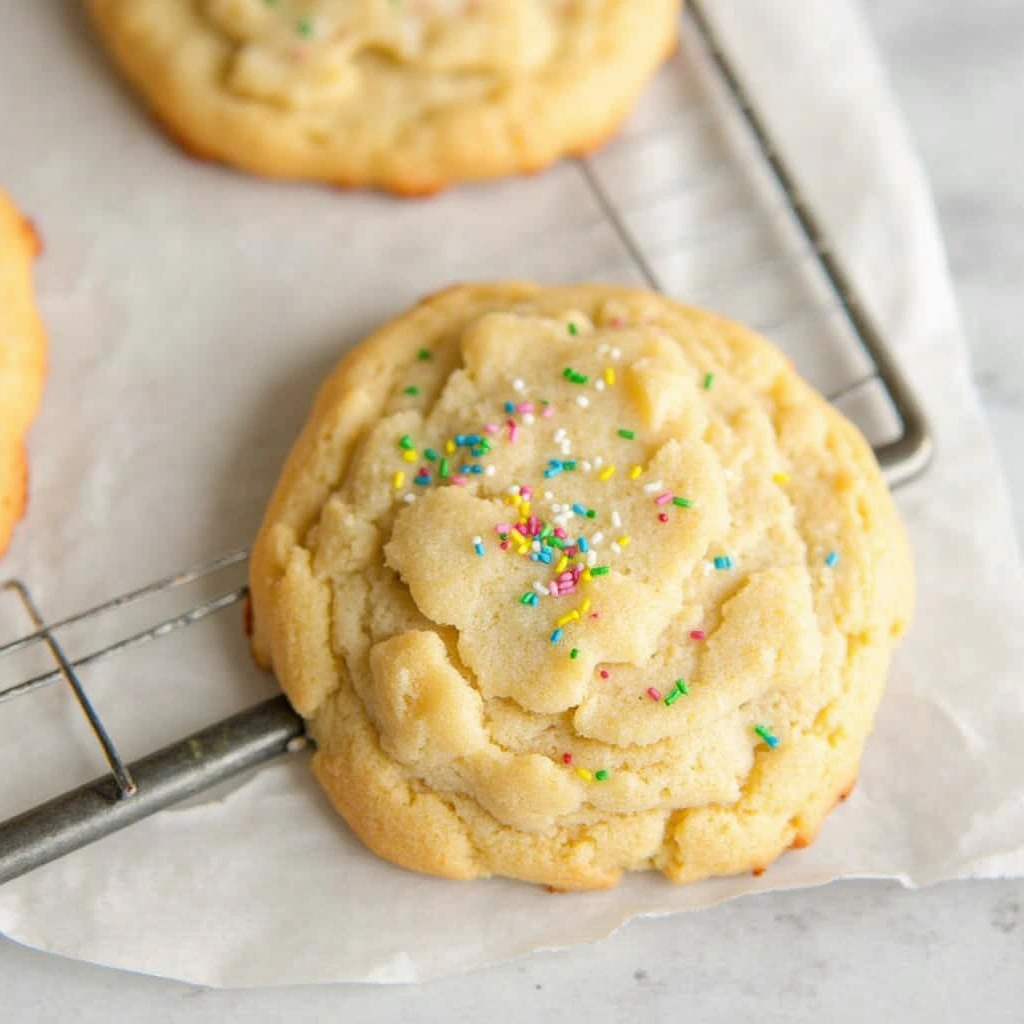
Nutritional Information
Per cookie (based on recipe making 24 cookies, without icing):
- Calories: 120
- Total Fat: 6g
- Saturated Fat: 3.5g
- Cholesterol: 20mg
- Sodium: 35mg
- Total Carbohydrates: 16g
- Dietary Fiber: 0g
- Sugars: 8g
- Protein: 1g
*Note: Nutritional values may vary depending on specific brands of gluten-free flour and other ingredients used.
Healthier Alternatives for the Recipe
- Reduce sugar to ¾ cup for a less sweet cookie that still maintains great texture
- Replace half the granulated sugar with coconut sugar for cookies with a lower glycemic index
- Use a plant-based butter alternative to make these cookies vegan
- Incorporate 2 tablespoons of ground flaxseed into the dry ingredients for added fiber and omega-3 fatty acids
- Replace up to ¼ cup of the gluten-free flour with almond flour for added protein and a subtle nutty flavor
- Add ½ teaspoon of cinnamon or cardamom to the dry ingredients for antioxidant benefits and complexity of flavor
These alternatives maintain the cookie’s structure while enhancing nutritional value—perfect for those watching their sugar intake or looking to boost the nutritional profile of their treats.
Serving Suggestions
- Pair with a glass of dairy or plant-based milk for the classic cookies-and-milk experience
- Serve alongside fresh berries for a colorful dessert plate
- Make cookie sandwiches by spreading a thin layer of fruit preserves between two cookies
- Crumble over dairy-free ice cream for a crunchy topping
- Pack in lunch boxes with a small container of dairy-free yogurt for dipping
- Arrange on a platter with fresh fruit and dark chocolate pieces for an elegant dessert board
- Serve as part of a holiday cookie exchange with a note about their gluten-free status (many will be surprised by how delicious they are!)
Common Mistakes to Avoid
- Substituting ingredients carelessly: Not all gluten-free flours perform the same way. A 1:1 baking blend specifically formulated for cookies yields the best results.
- Skipping the chilling step: According to baking science, chilling gluten-free cookie dough reduces spread by up to 30% and improves texture significantly.
- Rolling the dough too thin: Gluten-free cookies need slightly more thickness (about ¼ inch) than regular cookies to maintain structural integrity.
- Overbaking: Gluten-free cookies can go from perfect to dry in under a minute. For perfectly baked cookies, look for just a hint of golden color at the edges while the centers appear slightly soft.
- Using warm baking sheets for multiple batches: This causes the cookies to spread too quickly. Always let baking sheets cool completely between batches or use multiple sheets.
- Not letting cookies cool completely before decorating: Gluten-free cookies are more fragile when warm and need full cooling time to set properly.
Storing Tips for the Recipe
- Store cooled, undecorated cookies in an airtight container at room temperature for up to 5 days. Place parchment paper between layers to prevent sticking.
- For decorated cookies, allow icing to set completely (about 4 hours) before storing in an airtight container with parchment paper between layers.
- Freeze undecorated cookies for up to 3 months in a freezer-safe container. Thaw at room temperature for about 1 hour before serving.
- Cookie dough can be frozen for up to 2 months: Shape into discs, wrap tightly in plastic wrap, then place in a freezer bag. Thaw overnight in the refrigerator before rolling and cutting.
- For maximum freshness, add a piece of bread to the storage container—it helps keep the cookies soft without transferring flavors.
- If cookies begin to harden, refresh them by placing a slice of apple in the container overnight (remove it in the morning to prevent excess moisture).
Conclusion
This gluten-free sugar cookie recipe delivers the perfect balance of sweetness, buttery flavor, and that ideal sugar cookie texture—crisp edges with a tender center. By following our detailed instructions and essential chilling step, you’ll create cookies that everyone can enjoy, regardless of dietary restrictions. The versatile dough works beautifully for holiday cutouts, everyday treats, or special celebrations.
Have you tried this gluten-free sugar cookie recipe? We’d love to hear your experience in the comments below! Share your decorating ideas or any adaptations you made. Don’t forget to subscribe to our blog for more gluten-free baking success stories delivered straight to your inbox.
FAQs
Can I make this dough ahead of time?
Absolutely! The dough can be refrigerated for up to 2 days or frozen for up to 2 months. If frozen, thaw overnight in the refrigerator before rolling and cutting.
Why did my cookies spread too much?
This typically happens if the dough wasn’t chilled long enough or if the butter was too warm. Make sure to chill the dough for at least 1 hour, and if your kitchen is warm, work quickly with the dough.
Can I use a different gluten-free flour blend?
Yes, but results may vary. Look for a blend that contains xanthan gum and is specifically formulated for cookies and pastries. Avoid blends with bean flours, which can impart an off-flavor to sweet cookies.
How can I tell when the cookies are done baking?
The perfect time to remove your cookies is when you notice a slight firmness around the edges while the centers still appear somewhat soft. As the cookies rest, the residual heat will complete the baking process without overcooking them.
Can these cookies be made dairy-free as well?
Yes! Simply substitute the butter with a high-quality plant-based butter alternative (not margarine) in the same amount. Make sure it’s at room temperature for proper creaming.
My cookies seem too fragile. What went wrong?
Gluten-free cookies tend to be more delicate while warm. Make sure to let them cool completely on the baking sheet for 5 minutes before transferring to a cooling rack. Also, check that your gluten-free flour blend contains xanthan gum, which helps bind the cookies.




